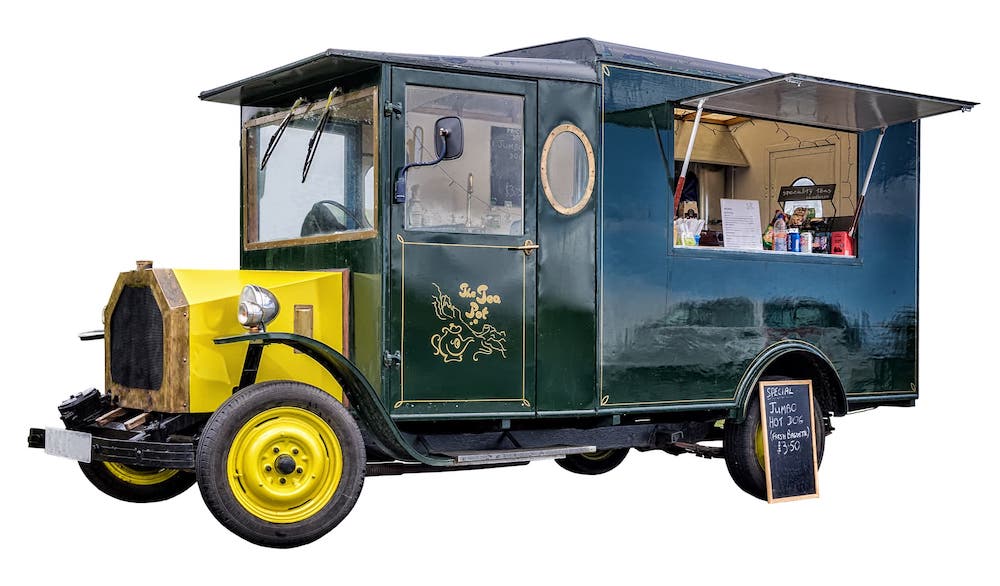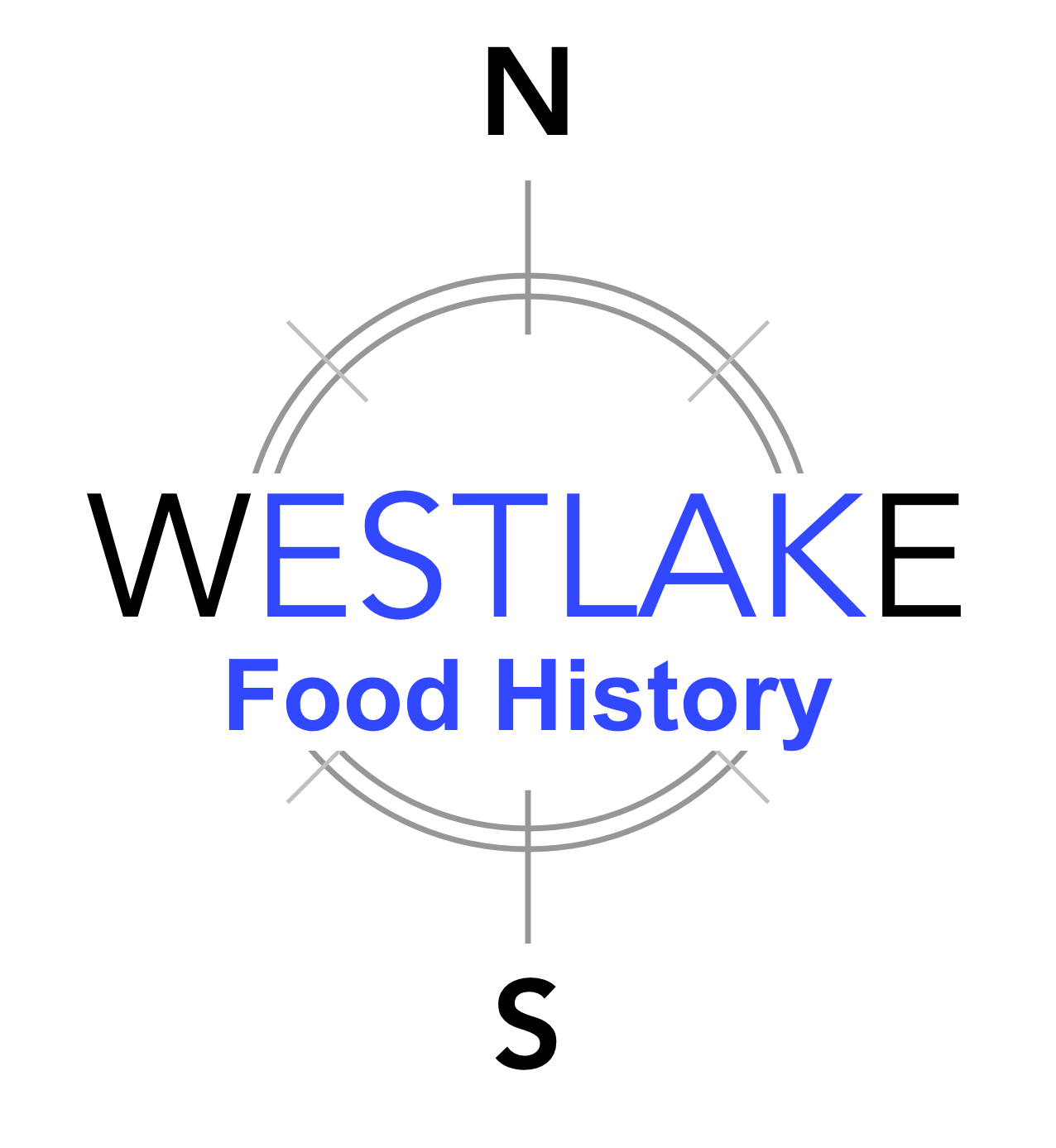
It’s incredible to see so many food trucks selling a range of delicious dishes across the country. You may have already tried a bunch of different snacks and meals from these trucks. But do you know how these food trucks started in the first place? What’s the history behind these food trucks? With more than 50,000 foods trucks around the world, it’s important to know how this culture became so popular.
Food Truck History
You would be surprised to know that the history of food trucks dates back to the Roman era. Yes, that’s right! The food trucks that you see now are modern adaptations of the concept that existed during that time. They were more like mobile kitchens to feed the soldiers.
When it comes to the history of modern food trucks, you need to take a look at chuck wagons. Chuck wagons were essentially covered wagons that would sell perishable food to loggers and cowboys. You would usually find foods like coffee, biscuits, cured meat, and beans in these wagons. They would also contain logs to build fires and provide a space to sleep to the wagon owner. In addition to providing food, some of the chuck wagons also worked as dentist’s surgeries and mobile barbershops. However, this was before the 18th century.
Fast-forward to the late 1800s, many food sellers started providing food to college and university students. They would come with snacks, such as sausages and hotdogs, and sell them at pocket-friendly prices. These food joints became instantly popular as students would get out of their college to eat something and spend some time with their friends out of their college premises.
Advent of the Wienermobile
If you consider the modern version of the food trucks that you see these days, you would have to go back to 1936. That was the year when the Wienermobile came into the business. It primarily sold hotdogs, literally the staple food for anyone who wanted to grab something to eat on the go.
The advent of the Wienermobile was a revelation as it became immensely popular due to the cheap prices of foods. Hotdogs sold for hardly a few dimes and people could rely on them whenever they wanted to eat something. The Wienermobiles started seeing an increase in their business as they ramped up the number of food trucks. You could see them outside schools, parades, hospitals, and orphanages.
People at that time said, “We don’t have to worry about going hungry for hours anymore. You would find a Wienermobile literally around every block and you can grab a hotdog and some ice cream for a wholesome meal.”
The Wienermobiles became the go-to joints for labourers and college-goers. They would often stop by the food trucks to grab a bite. Some food trucks even went on to sell fries and desserts apart from hotdogs. That allowed people to choose from a range of foods that they could afford.

How does the modern food trucks fair compared to the old ones?
Although the Wienermobile became a huge success commercially, it didn’t go on to sustain its popularity. It soared high too quickly and even came down without spending much time at the top. Soon, ice cream trucks that resembled the Wienermobile became popular. While many food trucks also existed, the rise of ice cream trucks was quite noticeable.
In fact, during the 1970s, tacos and ice cream became the favourites of people. They would drop by one of the food trucks nearby to have a couple of tacos and some fries. The combination was quite tasty and it sold like hot cake.
Mexicans played a crucial role in popularising food trucks. They would come up with a range of tacos and would even set up different combo meals that wouldn’t cost much but offered wholesome food to the passer-by’s.
Raul Martinez, in 1974, refurbished an ice cream truck and turned it into King Taco. That was how the Mexicans got the belief that even they could try something similar and earn a living. Raul would set his food truck right outside the East LA Bar and sell tacos. On his first night, he managed to sell $70 worth of tacos. Soon, his business doubled up. He was making $150 every evening. The rest, as they say, is history. King Taco still remains a notable name in the history of food trucks to inspire thousands to start this type of business.
What are grease trucks?
According to vstreetfood.com/food-trucks/ireland/, Grease trucks were similar to food trucks in Ireland that became popular after 1975. You could see the grease trucks around the Rutgers University area that sold fat sandwiches. The sandwiches would contain rolls stuffed inside cheeseburgers, lettuce, tomato, and fries. What seemed like a massive burger started selling like crazy because of the awesome taste.
The grease trucks followed the same concept as food trucks but had limited food options. You could only find these fat sandwiches and maybe some aerated drinks. However, their popularity started dipping after the advent of modern food trucks.
Modern food trucks
2008 was an important year in food truck history. It was the year when social media started gaining popularity and truck catering technology was introduced. Promoting the respective food trucks didn’t become a challenge, thanks to social media. People could request their friends, relatives, and colleagues to share the name and location of their food trucks to gain more business.
That trend is still ongoing. Even now when you see food trucks around the world, you will notice that most of them have social media pages where they post about their foods almost regularly. They also share feedback from their customers.
When you think of the Roman era, would you believe that the food trucks that catered to the soldiers would become business opportunities to thousands of people? Over time, the food truck industry has evolved and is now thriving all over the world. Most people consider it as an easy way to start a business and make a living instead of working for others in a 9 to 5 job.
